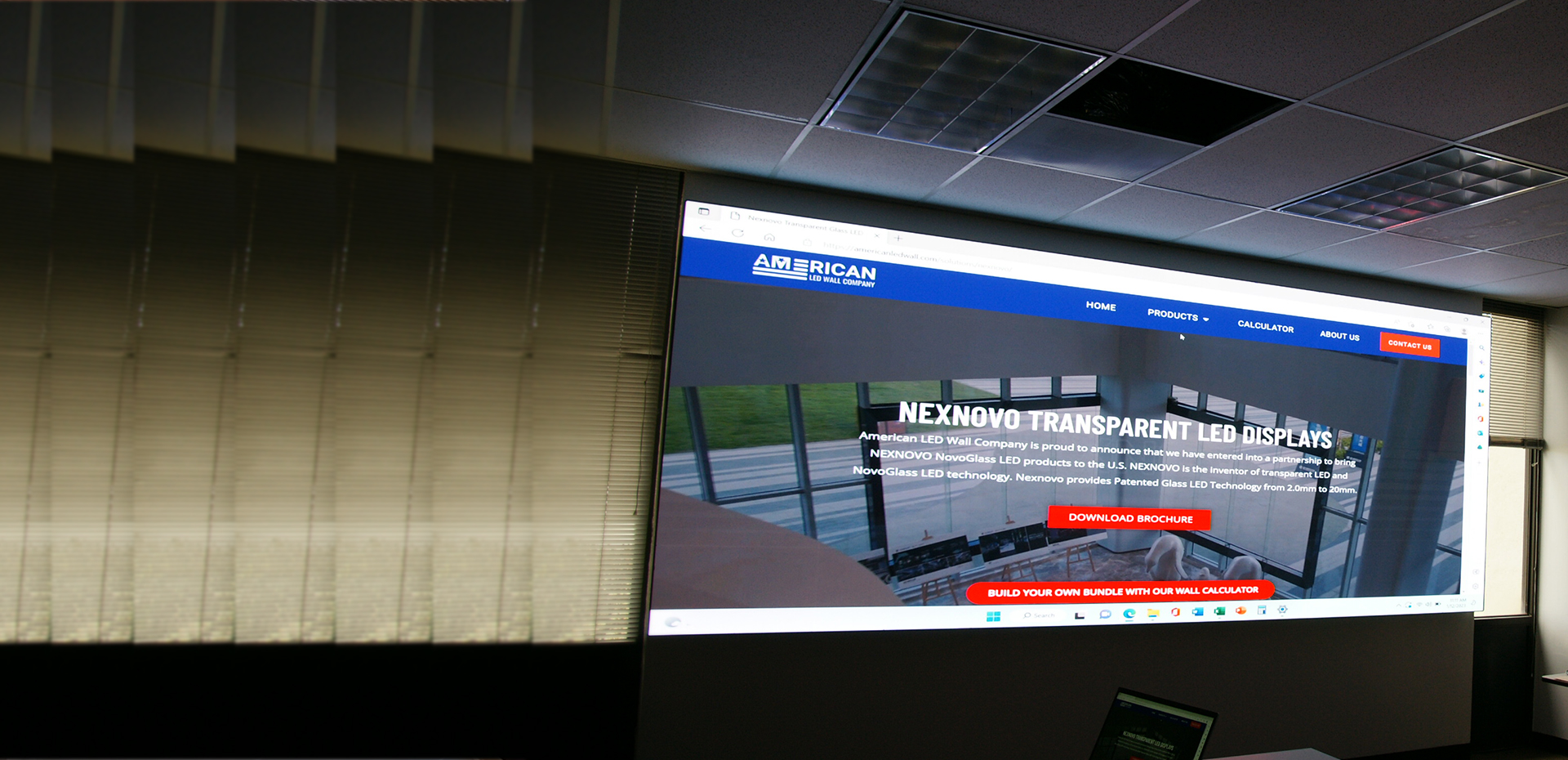Novel Strategies to Enhancing Mobile Connectivity Systems for LED Wall Surfaces.
Wiki Article
Wireless communication technologies for LED wall panels have redefined the way we utilize visual displays in diverse settings, such as live events, conferences, and advertising. These panels, known for their high-impact colors and high clarity, rely heavily on stable wireless connections to perform effectively. As digital infrastructure continues to evolve, innovative approaches are being developed to optimize these wireless frameworks. This discussion will examine some of the latest strategies aimed at improving wireless connectivity for Luminescent Diode wall displays.

One significant method to enhancing wireless communication is the use of advanced antenna systems. Antennas play a vital role in transmitting and capturing signals between devices. By utilizing smart antennas, which can adjust their direction and focus based on the surroundings, manufacturers can significantly enhance signal integrity and reliability. This adaptability helps minimize interference from other electronic devices and barriers, leading to clearer video output and more consistent connections for LED wall displays.
Another innovative strategy entails implementing mesh network architectures. Unlike conventional wireless configurations that rely on a single access point, mesh systems consist of multiple nodes that collaborate to extend the internet connection over a larger area. This structure guarantees that LED wall panels receive resource a steady signal no matter their location. In venues like arenas or large event centers, where physical barriers may disrupt signals, mesh technologies provide a more reliable solution by ensuring signal integrity even in high-traffic environments.
In addition, incorporating edge computing into wireless connectivity can enhance performance for Light Emitting Diode wall displays. Edge computing enables data processing to occur closer to the source of data generation rather than relying solely on centralized data centers. By processing data near the LED wall panels, the system reduces latency, resulting in faster response times and more fluid video rendering. This innovation is especially advantageous for use cases that demand real-time responses or interactive functions, making visual displays more immersive for viewers.
Finally, adopting new transmission standards can also enhance wireless network performance for Light Emitting Diode wall screens. Protocols such as 802.11ax and fifth-generation wireless offer greater bandwidth and accelerated data throughput compared to earlier standards. These advancements enable multiple devices to connect concurrently without sacrificing performance. As Luminescent Diode wall displays are often used in conjunction with other smart devices, implementing these advanced protocols ensures that all components can communicate seamlessly, leading to an significantly see improved user interaction.
To summarize, the advancement of wireless connectivity solutions for LED wall panels is crucial as technology continues to advance. Through developments such as intelligent antennas, mesh networking architectures, edge computing implementation, and new communication protocols, manufacturers can provide better performance and stability. These strategies not only enhance the functionality of LED wall panels but also enhance the visual displays they deliver across multiple settings. As these technologies continue to progress, audiences can look forward to even more impressive displays in the future.